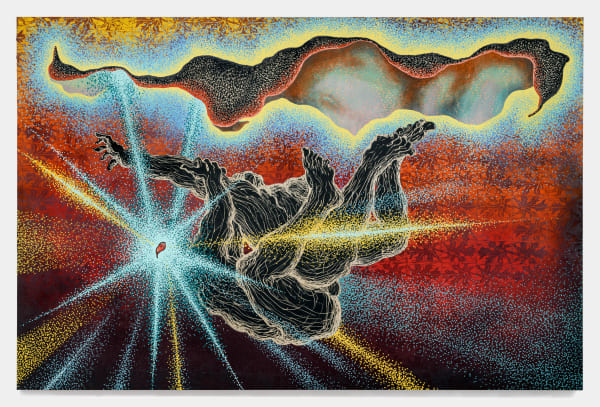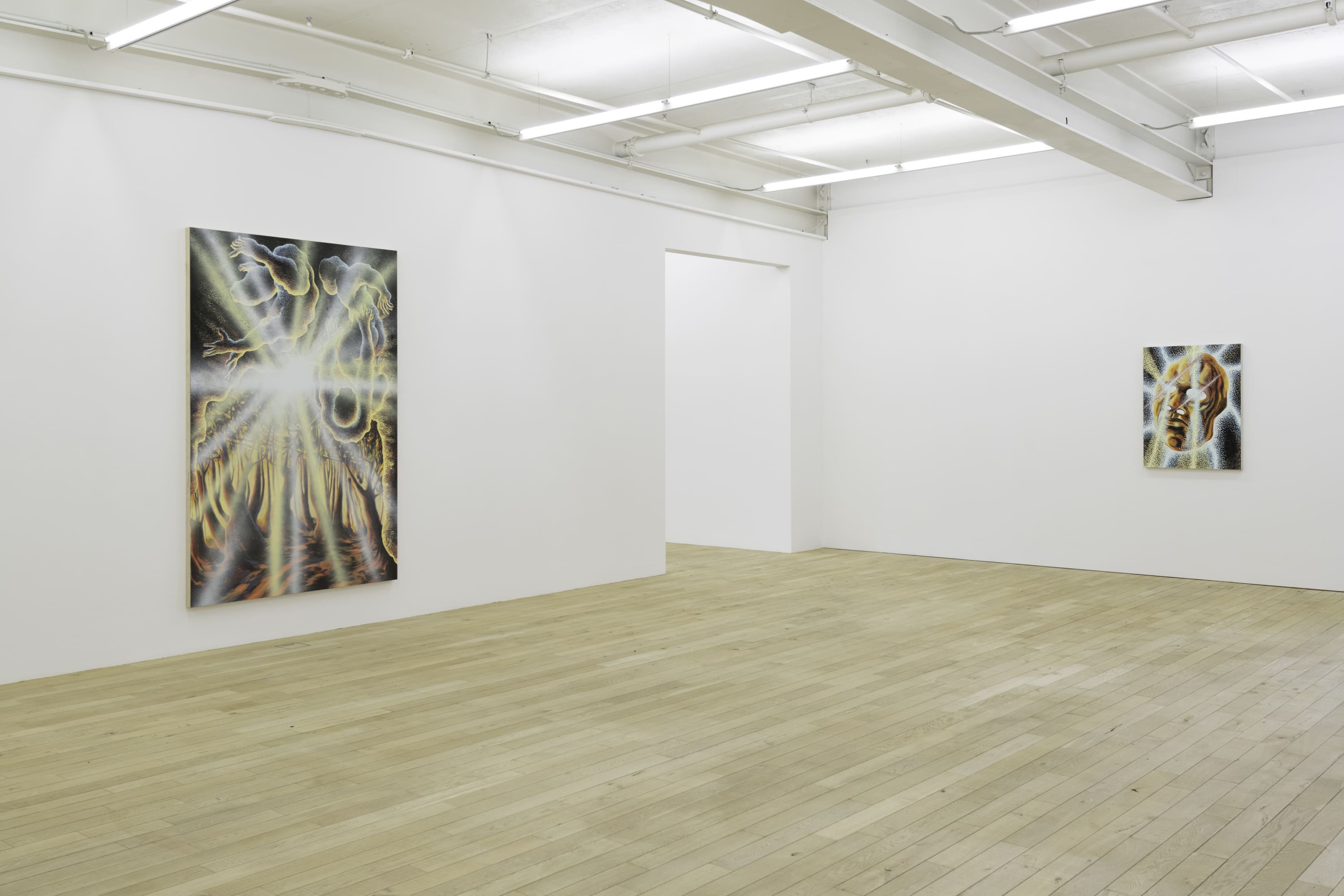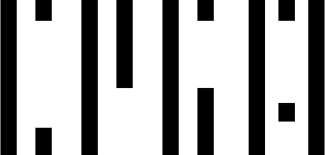-
Galerie Peter Kilchmann is pleased to present Fire Flight by Didier William (*1983 in Port-au-Prince, Haiti, lives and works in Philadelphia, PA). It is the artist’s first solo exhibition in our gallery. The mixed-media artist has created twelve new paintings for this exhibition and three new works on paper. The gallery published a catalog to this exhibition that is available at the front desk.
-
-
William, who immigrated with his family from Port-au-Prince in Haiti to Miami, at the age of six, explores in his work constructions of Blackness that include the nuances of diasporic identity and thus his own experiences. The question of home (or lack thereof) is explored, in his paintings through the compositions of their figures: A single figure, self-contained and isolated, is rarely seen, a circumstance that is hinting at the artist’s exploration of constitutions of community and, in particular, family.
-
Within his paintings, each figure is constructed from individual, carved stylized eyes. This creates an interaction, a circuit, between the observer and the observed. The boundary between subject and object, between asymmetrical power structures, is thereby lifted - an allusion to colonialism. Sometimes, the figures dissolve, only to be recomposed anew and seemingly to merge with other body formations - a slow detachment from the world once called home and the ceaseless search for belonging and reorientation in a new world, without completely leaving behind their homeland. Consequently, themes such as exclusion, segregation, racism, immigration, queerness, or gender are discussed in the artist’s work.
-
 The large to small-scale paintings radiate brilliantly due to William’s signature technique: a combination of oil, acrylic, ink, printing, and wood carving. His works are characterized by their broad, intense, rich color palette that has become part of his visual signature.
The large to small-scale paintings radiate brilliantly due to William’s signature technique: a combination of oil, acrylic, ink, printing, and wood carving. His works are characterized by their broad, intense, rich color palette that has become part of his visual signature. -

-
-
William’s work incorporates the legends, myths, and histories that have informed it, all the while preserving experiences of his own and those before him. Exploring Didier William’s work becomes an immersion in the narratives that have shaped his life.
-

Galerie Peter Kilchmann
Zahnradstrasse
, 7 June - 26 July 2024Be the first to know updates about Galerie Peter Kilchmann
* denotes required fields
We will process the personal data you have supplied to communicate with you in accordance with our Privacy Policy. You can unsubscribe or change your preferences at any time by clicking the link in our emails.















